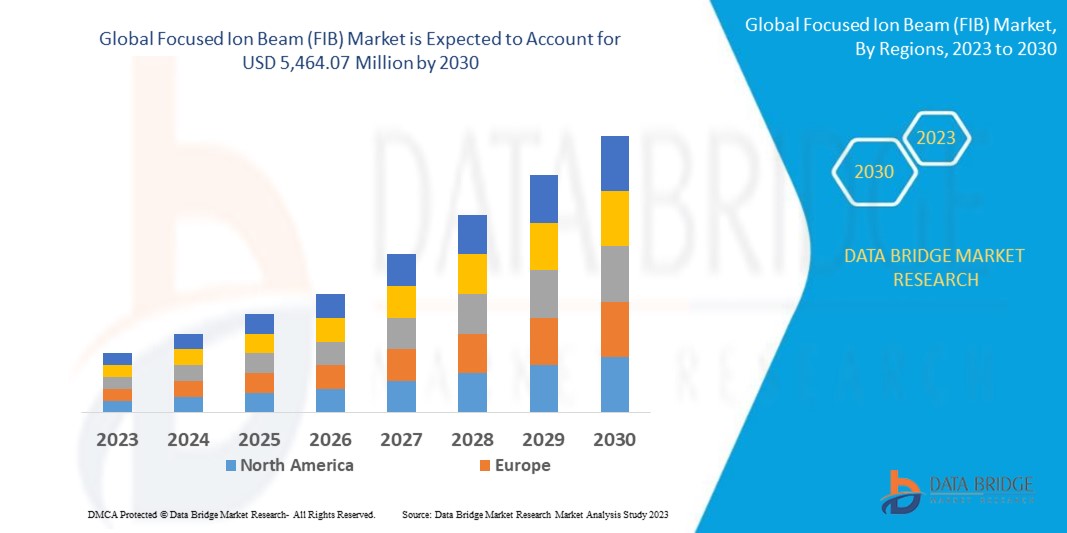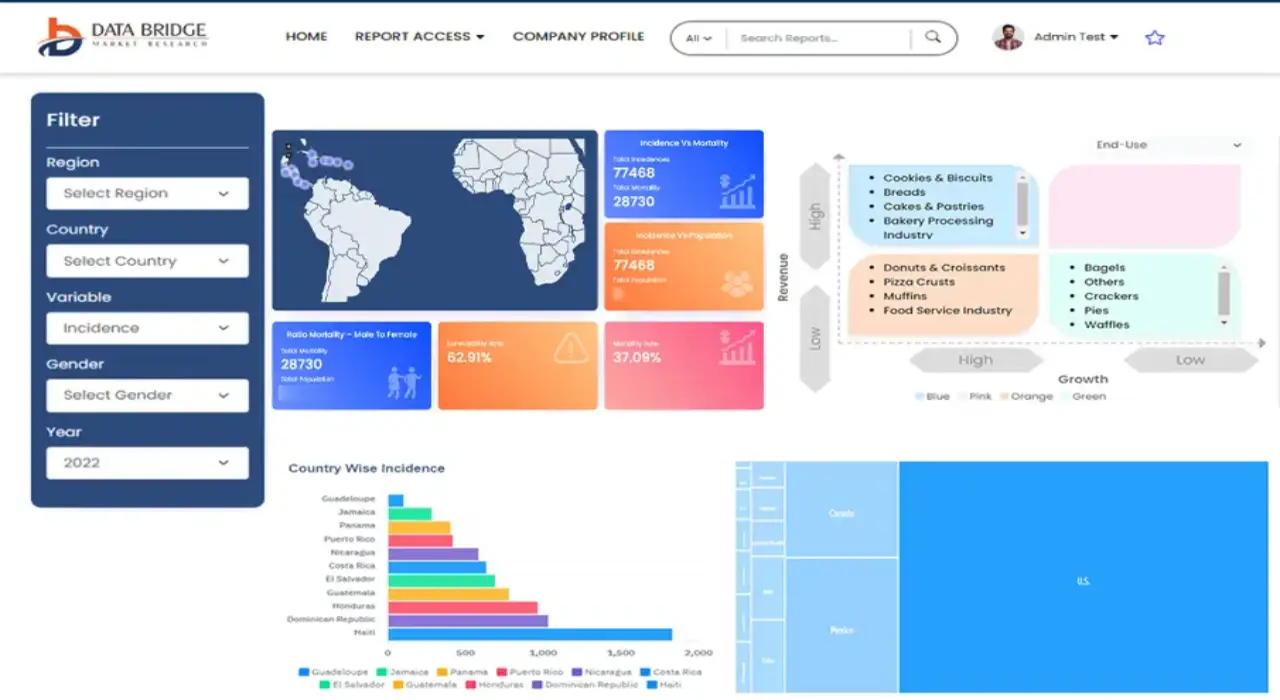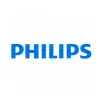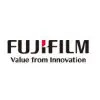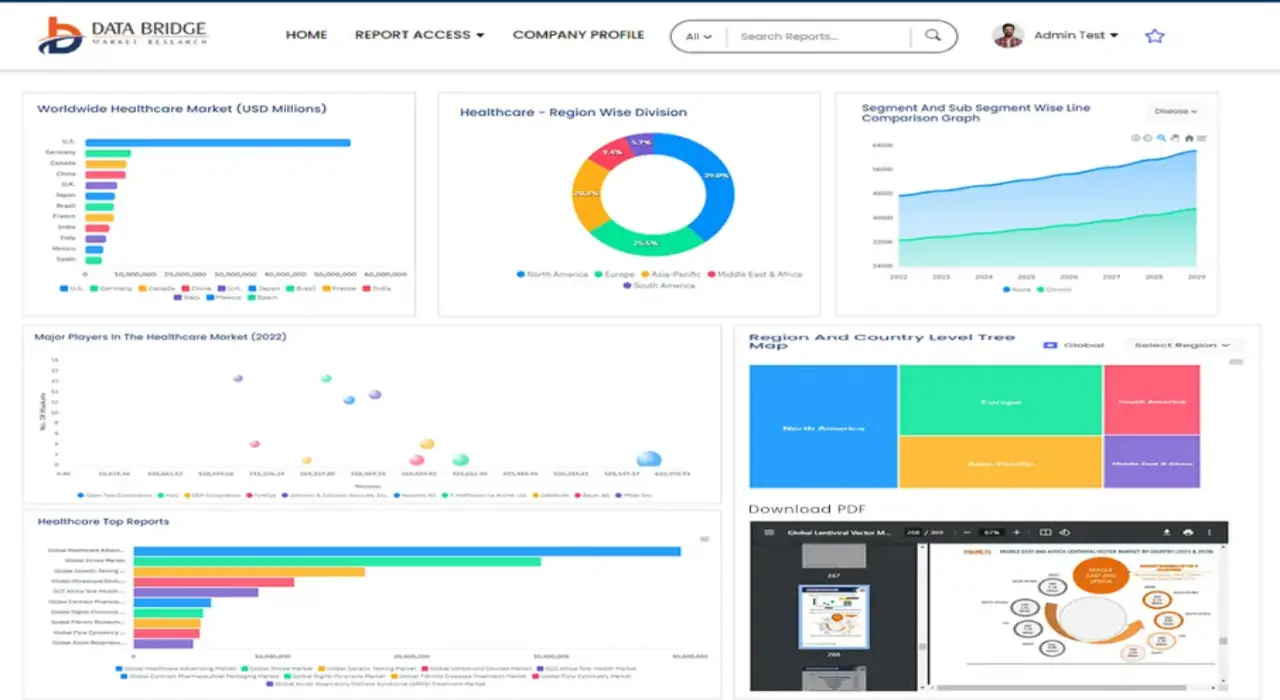Global Focused Ion Beam Fib Market
Market Size in USD Million
CAGR :
% 
 USD
593.53 Million
USD
5,464.07 Million
2022
2030
USD
593.53 Million
USD
5,464.07 Million
2022
2030
| 2023 –2030 | |
| USD 593.53 Million | |
| USD 5,464.07 Million | |
|
|
|
|
Global Focused Ion Beam (FIB) Market, By Offering (Hardware, Software, Services, Research and Consulting Services), Tracking Type (Remote Tracking and Mobile Tracking), Application (Assistive Communication, and Human Behavior and Market Research, Others), Vertical (Retail and Advertisement, Consumer Electronics, Healthcare and Research Labs, Government, Defense, and Aerospace, Automotive and Transportation, Others) - Industry Trends and Forecast to 2030.
Focused Ion Beam (FIB) Market Analysis and Size
The growth of the global Focused Ion Beam (FIB) market can be attributed to several key factors, including the increasing demand for Focused Ion Beam (FIB) technology in various industries such as consumer electronics, healthcare, and market research for user experience enhancement and behavioral analysis; the rising adoption of Focused Ion Beam (FIB) in virtual and augmented reality applications; the expansion of the automotive industry, where Focused Ion Beam (FIB) is used for driver monitoring and safety; and the continuous advancements in Focused Ion Beam (FIB) hardware and software technologies, making it more accessible and affordable for a wide range of applications, thus driving market growth.
The Focused Ion Beam (FIB) market was valued at USD 593.53 million in 2022 and is expected to reach USD 5,464.07 million by 2030, registering a CAGR of 32.5% during the forecast period of 2023-2030. “Software” is expected witness high growth in the respective market owing to the increasing importance of software in enabling advanced Focused Ion Beam (FIB) functionalities and analytics. Focused Ion Beam (FIB) software plays a crucial role in interpreting and analyzing eye movement data, providing actionable insights for various applications such as user experience testing, market research, and healthcare diagnostics. Moreover, The market report curated by the Data Bridge Market Research team includes in-depth expert analysis, import/export analysis, pricing analysis, production consumption analysis, and pestle analysis.
Focused Ion Beam (FIB) Market Scope and Segmentation
|
Report Metric |
Details |
|
Forecast Period |
2023 to 2030 |
|
Base Year |
2022 |
|
Historic Years |
2021 (Customizable to 2015-2020) |
|
Quantitative Units |
Revenue in USD Million, Volumes in Units, Pricing in USD |
|
Segments Covered |
By Offering (Hardware, Software, Services, Research and Consulting Services), Tracking Type (Remote Tracking and Mobile Tracking), Application (Assistive Communication, and Human Behavior and Market Research, Others), Vertical (Retail and Advertisement, Consumer Electronics, Healthcare and Research Labs, Government, Defense, and Aerospace, Automotive and Transportation, Others) |
|
Countries Covered |
U.S., Canada, Mexico, Brazil, Argentina, Rest of South America, Germany, Italy, U.K., France, Spain, Netherlands, Belgium, Switzerland, Turkey, Russia, Rest of Europe, Japan, China, India, South Korea, Australia, Singapore, Malaysia, Thailand, Indonesia, Philippines, Rest of Asia-Pacific, Saudi Arabia, U.A.E, South Africa, Egypt, Israel, Rest of Middle East and Africa |
|
Market Players Covered |
Tobii AB (Sweden), SR Research Ltd. (Canada), Seeing Machines (Australia), EyeTracking Inc. (U.S.), Ergoneers GmbH (Germany), Pupil Labs GmbH (Germany), PRS IN VIVO (U.S.), Lumen Research Ltd. (U.K.), BIOPAC Systems Inc. (U.S.), EyeTech Digital Systems, Inc. (U.S.), FOVE, Inc. (Japan), GAZE INTELLIGENCE (Canada), Gazepoint (Canada), iMotions (Denmark), LC TECHNOLOGIES (U.S.), Mirametrix Inc. (Canada), Noldus Information Technology (Netherlands), Smart Eye AB (Sweden), SMI GROUP (Germany) among others |
|
Market Opportunities |
|
Market Definition
Focused Ion Beam (FIB), at its most basic, is maintaining a tab on eye movement. It studies what one looks at, what we ignore, and how we blink. It also explores how the pupil reacts to different stimuli. The theory is simple, yet the process and the explanation can prove to be difficult. In the Focused Ion Beam (FIB), data is mainly collected leveraging an “eye tracker,” which can either be head-mounted or remote and linked to a computer. Such eye trackers are largely contained of a camera and a light source. The light source, which is infrared mostly, is targeted towards the eye, while the camera tracks its expression alongside with visible ocular characteristics for instance the pupil. With the advancement of the technology, such eye trackers have become non-invasive.
Global Focused Ion Beam (FIB) Market Dynamics
Drivers
- Increasing Need for Eye-Tracking-Centred Assistive Transmission Devices
Eye-tracking-centered assistive transmission devices are becoming increasingly essential in today's digital age. As technology continues to advance, our reliance on digital interfaces and communication tools has grown exponentially. For individuals with limited mobility or severe disabilities, these advancements have opened up new possibilities for connecting with the world. Eye-tracking technology, in particular, has emerged as a game-changer in the field of assistive technology, offering a lifeline for those who rely on it to communicate, control devices, and access information. This article explores the rising demand for eye-tracking-centered assistive transmission devices and the profound impact they have on improving the quality of life for individuals facing various physical challenges.
- Growing Approval of Eye-Tracking Technology in the Commercial and Customer Research
The global Focused Ion Beam (FIB) market is witnessing a remarkable surge in approval and adoption, extending well beyond its conventional applications. Beyond its traditional use in assistive technology and medical research, eye-tracking technology is rapidly gaining traction in the realm of commercial and customer research. As businesses and researchers recognize the invaluable insights it can provide into consumer behavior and preferences, Focused Ion Beam (FIB) has become an indispensable tool for unlocking deeper understanding in various fields. This article delves into the burgeoning approval of eye-tracking technology within the commercial and customer research sectors and explores the profound impact it has on enhancing our understanding of human behavior, decision-making processes, and product engagement.
Opportunities
- Eye-Tracking Technology in the AR/VR Devices
The integration of eye-tracking technology into augmented reality (AR) and virtual reality (VR) devices has reached a pivotal juncture in the tech industry's evolution. With a relentless pursuit of immersive experiences, the saturation of eye-tracking capabilities within AR and VR devices has become a defining trend. The ability to track eye movements and gather real-time data about users' gaze patterns has opened up a world of possibilities for developers, manufacturers, and content creators. This article delves into the current state of eye-tracking technology within AR and VR devices, highlighting its significance in enhancing user experiences, optimizing performance, and pushing the boundaries of what's achievable in the realm of immersive technologies.
Restraints/Challenges
- Expensive Technology
On the other hand, The high expense associated with eye-tracking systems has long been a notable challenge in the adoption and proliferation of this technology. While eye-tracking has proven its worth in various domains, from research and healthcare to gaming and assistive technology, the cost of entry has often been a formidable barrier. This article delves into the intricate landscape of eye-tracking systems, exploring the factors contributing to their high expense, and discusses the evolving efforts within the industry to make this transformative technology more accessible to a broader range of applications and users.
This Focused Ion Beam (FIB) market report provides details of new recent developments, trade regulations, import-export analysis, production analysis, value chain optimization, market share, the impact of domestic and localized market players, analyses opportunities in terms of emerging revenue pockets, changes in market regulations, strategic market growth analysis, market size, category market growths, application niches and dominance, product approvals, product launches, geographic expansions, technological innovations in the market. To gain more info on the Focused Ion Beam (FIB) market contact Data Bridge Market Research for an Analyst Brief, Our team will help you take an informed market decision to achieve market growth.
Recent Development
- In June 2017, Apple, Inc. acquired SensoMotoric Instruments, a German company specializing in AR and eye-tracking. Through such acquisitions, Apple, Inc. envisages developing AR and VR platforms, such as ARKit, an AR framework that blends digital information and objects with the environment around the user and integrates those into iOS 11.
Global Focused Ion Beam (FIB) Market Scope
The global Focused Ion Beam (FIB) market is segmented on the basis of mode of offering, tracking type, application and vertical. The growth amongst these segments will help you analyse meagre growth segments in the industries and provide the users with a valuable market overview and market insights to help them make strategic decisions for identifying core market applications.
Offering
- Hardware
- Software
- Services
- Research and Consulting Services
Tracking Type
- Remote Tracking
- Mobile Tracking
Application
- Assistive Communication, and Human Behavior
- Market Research, Others
Vertical
- Retail and Advertisement
- Consumer Electronics
- Healthcare and Research Labs
- Government, Defense, and Aerospace
- Automotive and Transportation
- Others
Global Focused Ion Beam (FIB) Market Regional Analysis/Insights
The global Focused Ion Beam (FIB) market is analysed and market size insights and trends are provided by country, offering, tracking type, application and vertical as referenced above.
The countries covered in the global Focused Ion Beam (FIB) market report are U.S., Canada, and Mexico in North America, Germany, France, U.K., Netherlands, Switzerland, Belgium, Russia, Italy, Spain, Turkey, Rest of Europe in Europe, China, Japan, India, South Korea, Singapore, Malaysia, Australia, Thailand, Indonesia, Philippines, Rest of Asia-Pacific (APAC) in the Asia-Pacific (APAC), Saudi Arabia, U.A.E, South Africa, Egypt, Israel, Rest of Middle East and Africa (MEA) as a part of the Middle East and Africa (MEA), Brazil, Argentina and Rest of South America as part of South America.
North America dominates the Focused Ion Beam (FIB) market because of the increasing acceptance of smart sensors and contactless biometric systems. Furthermore, seniority of renowned industry manufacturers where most of the developments are taking place are in advanced and developing countries. Asia Pacific is expected to observe significant amount of growth in the Focused Ion Beam (FIB) market because of the growing acceptance of vision tracing, especially in the consumer electronics which in turn is expected to propel the growth of the Focused Ion Beam (FIB) market in the region during the forecast period.
The country section of the report also provides individual market-impacting factors and changes in regulation in the market domestically that impact the current and future trends of the market. Data points like downstream and upstream value chain analysis, technical trends, and Porter’s five forces analysis, case studies are some of the pointers used to forecast the market scenario for individual countries. Also, the presence and availability of Europe brands and the challenges faced due to large or scarce competition from local and domestic brands, the impact of domestic tariffs, and trade routes are considered while providing forecast analysis of the country data.
Competitive Landscape and Global Focused Ion Beam (FIB) Market Share Analysis
The global Focused Ion Beam (FIB) market competitive landscape provides details by competitors. Details included are company overview, company financials, revenue generated, market potential, investment in research and development, new market initiatives, Europe presence, production sites and facilities, production capacities, company strengths and weaknesses, product launch, product width and breadth, and application dominance. The above data points provided are only related to the companies' focus related to the global Focused Ion Beam (FIB) market.
Some of the major players operating in the global Focused Ion Beam (FIB) market are:
- Tobii AB (Sweden)
- SR Research Ltd. (Canada)
- Seeing Machines (Australia)
- EyeTracking Inc. (U.S.)
- Ergoneers GmbH (Germany)
- Pupil Labs GmbH (Germany)
- PRS IN VIVO (U.S.)
- Lumen Research Ltd. (U.K.)
- BIOPAC Systems Inc. (U.S.)
- EyeTech Digital Systems, Inc. (U.S.)
- FOVE, Inc. (Japan)
- GAZE INTELLIGENCE (Canada)
- Gazepoint (Canada)
- iMotions (Denmark)
- LC TECHNOLOGIES (U.S.)
- Mirametrix Inc. (Canada)
- Noldus Information Technology (Netherlands)
- Smart Eye AB (Sweden)
- SMI GROUP (Germany)
SKU-
Get online access to the report on the World's First Market Intelligence Cloud
- Interactive Data Analysis Dashboard
- Company Analysis Dashboard for high growth potential opportunities
- Research Analyst Access for customization & queries
- Competitor Analysis with Interactive dashboard
- Latest News, Updates & Trend analysis
- Harness the Power of Benchmark Analysis for Comprehensive Competitor Tracking
Global Focused Ion Beam Fib Market, Supply Chain Analysis and Ecosystem Framework
To support market growth and help clients navigate the impact of geopolitical shifts, DBMR has integrated in-depth supply chain analysis into its Global Focused Ion Beam Fib Market research reports. This addition empowers clients to respond effectively to global changes affecting their industries. The supply chain analysis section includes detailed insights such as Global Focused Ion Beam Fib Market consumption and production by country, price trend analysis, the impact of tariffs and geopolitical developments, and import and export trends by country and HSN code. It also highlights major suppliers with data on production capacity and company profiles, as well as key importers and exporters. In addition to research, DBMR offers specialized supply chain consulting services backed by over a decade of experience, providing solutions like supplier discovery, supplier risk assessment, price trend analysis, impact evaluation of inflation and trade route changes, and comprehensive market trend analysis.
Research Methodology
Data collection and base year analysis are done using data collection modules with large sample sizes. The stage includes obtaining market information or related data through various sources and strategies. It includes examining and planning all the data acquired from the past in advance. It likewise envelops the examination of information inconsistencies seen across different information sources. The market data is analysed and estimated using market statistical and coherent models. Also, market share analysis and key trend analysis are the major success factors in the market report. To know more, please request an analyst call or drop down your inquiry.
The key research methodology used by DBMR research team is data triangulation which involves data mining, analysis of the impact of data variables on the market and primary (industry expert) validation. Data models include Vendor Positioning Grid, Market Time Line Analysis, Market Overview and Guide, Company Positioning Grid, Patent Analysis, Pricing Analysis, Company Market Share Analysis, Standards of Measurement, Global versus Regional and Vendor Share Analysis. To know more about the research methodology, drop in an inquiry to speak to our industry experts.
Customization Available
Data Bridge Market Research is a leader in advanced formative research. We take pride in servicing our existing and new customers with data and analysis that match and suits their goal. The report can be customized to include price trend analysis of target brands understanding the market for additional countries (ask for the list of countries), clinical trial results data, literature review, refurbished market and product base analysis. Market analysis of target competitors can be analyzed from technology-based analysis to market portfolio strategies. We can add as many competitors that you require data about in the format and data style you are looking for. Our team of analysts can also provide you data in crude raw excel files pivot tables (Fact book) or can assist you in creating presentations from the data sets available in the report.
